GREEN LOGISTICS

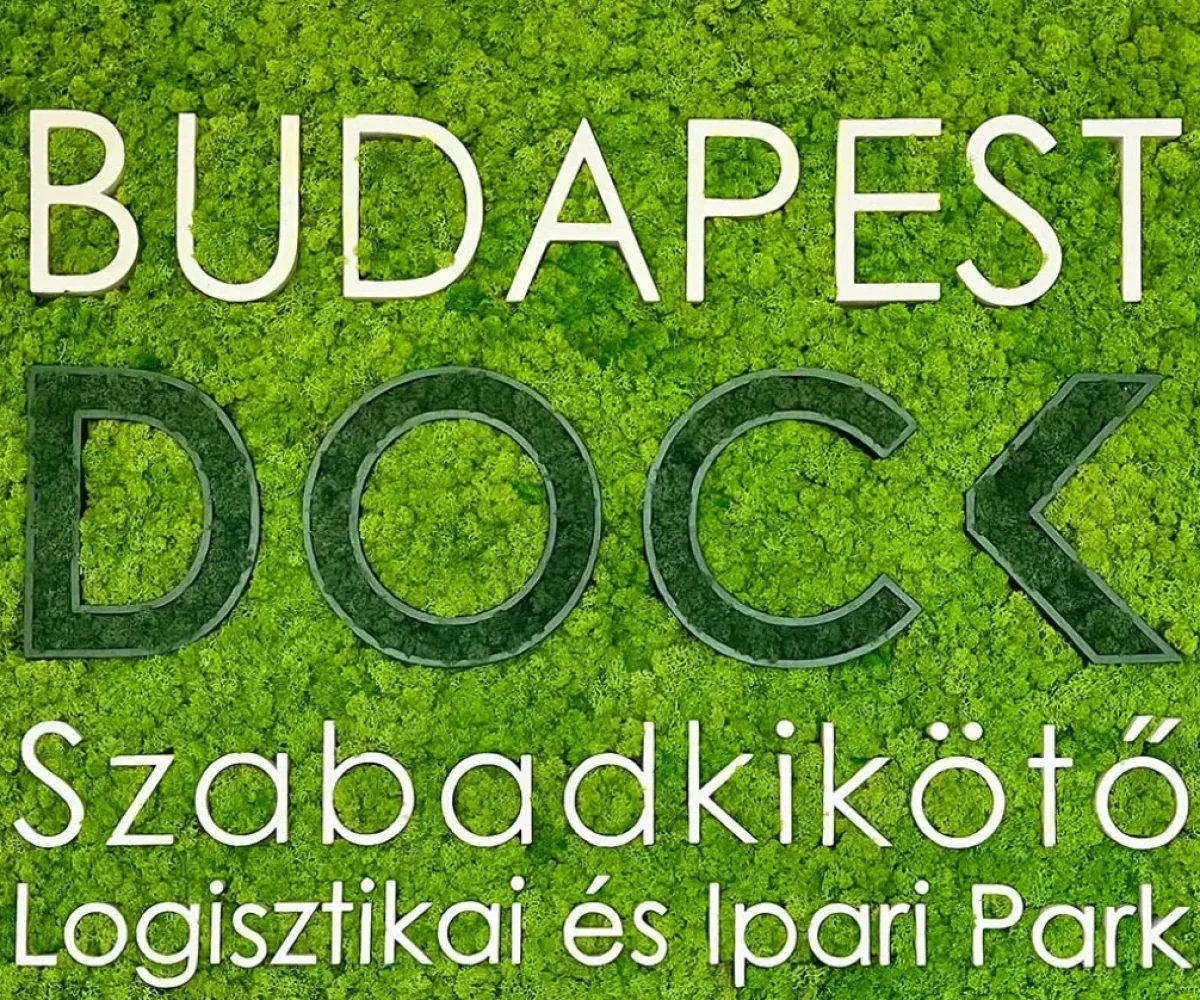
SUSTAINABLE DEVELOPMENT

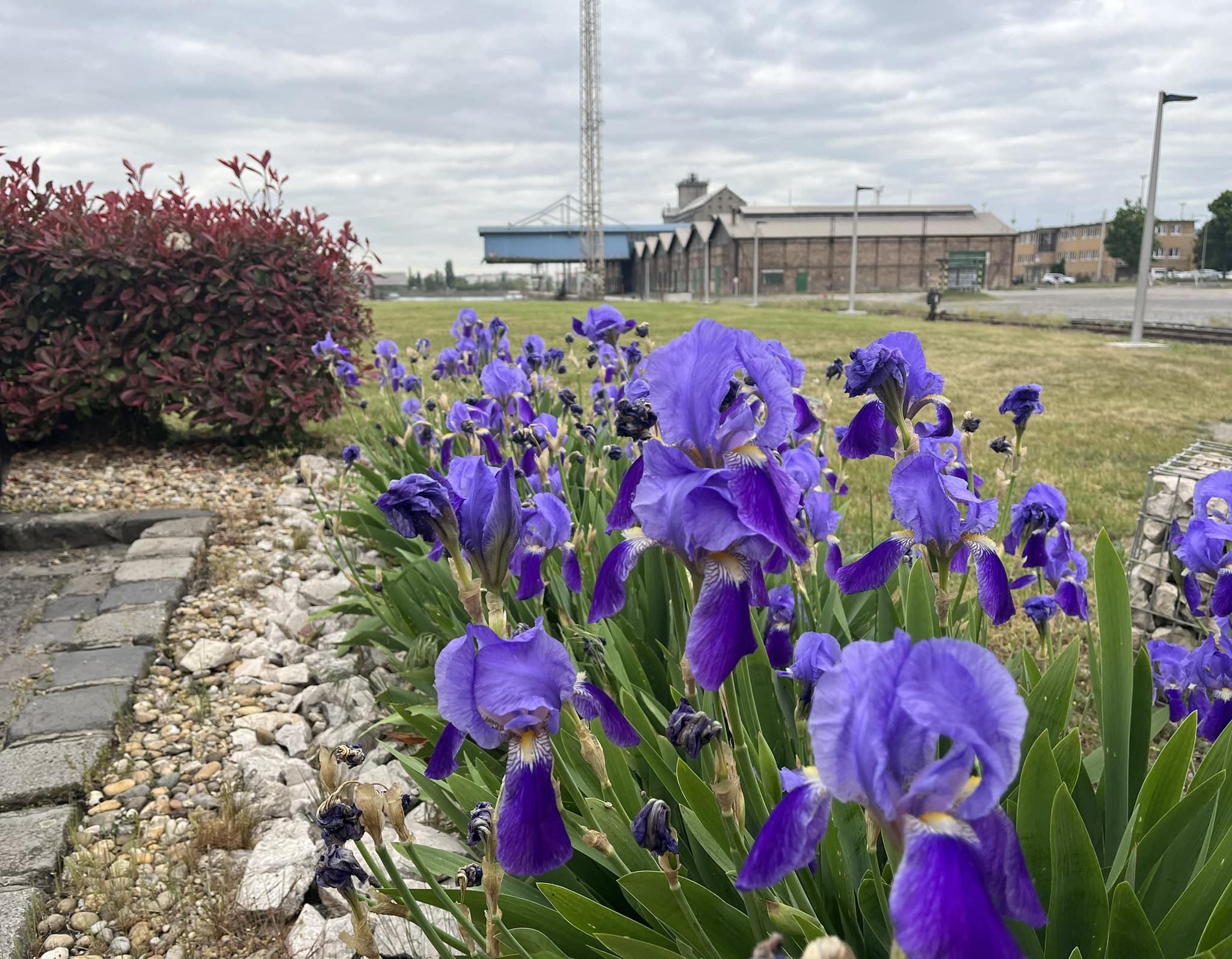
ENVIRONMENTAL PROTECION
- Application of renewable energy sources
- CO2 emission reduction
- Water-saving fittings
- Roofs with high solar reflectance index
- Planting native plants
- BREEAM and LEED certifications
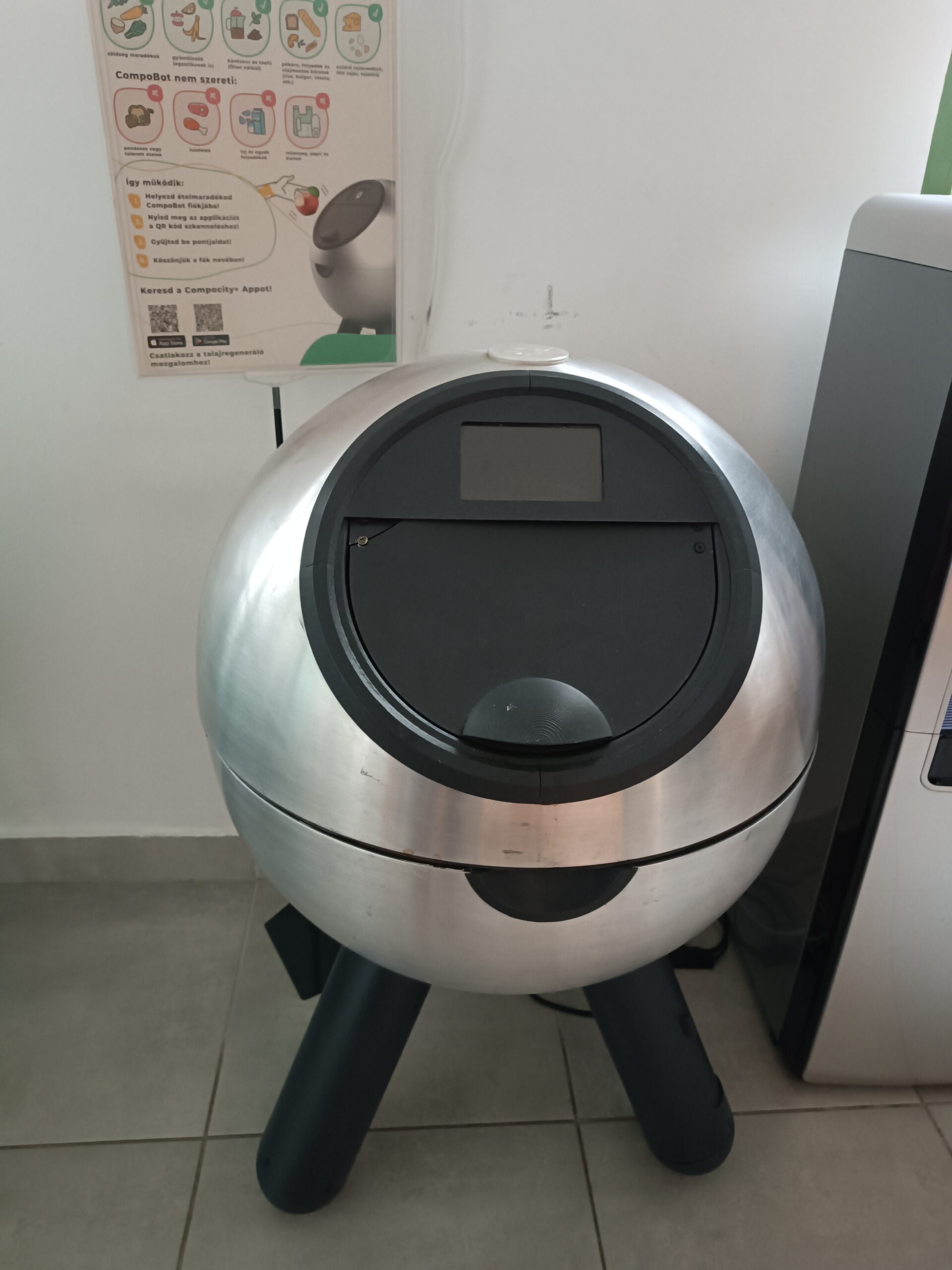
SOCIAL INCLUSION
- Prevention of environmental damage
- Minimization of green damage
- Compost robot
- Selective waste collection
- Shared transport
- Workplace equality

ECONOMIC
GROWTH
- Proper corporate governance
- Compliance with legislation
- Risk management
- Compliance with data protection rules
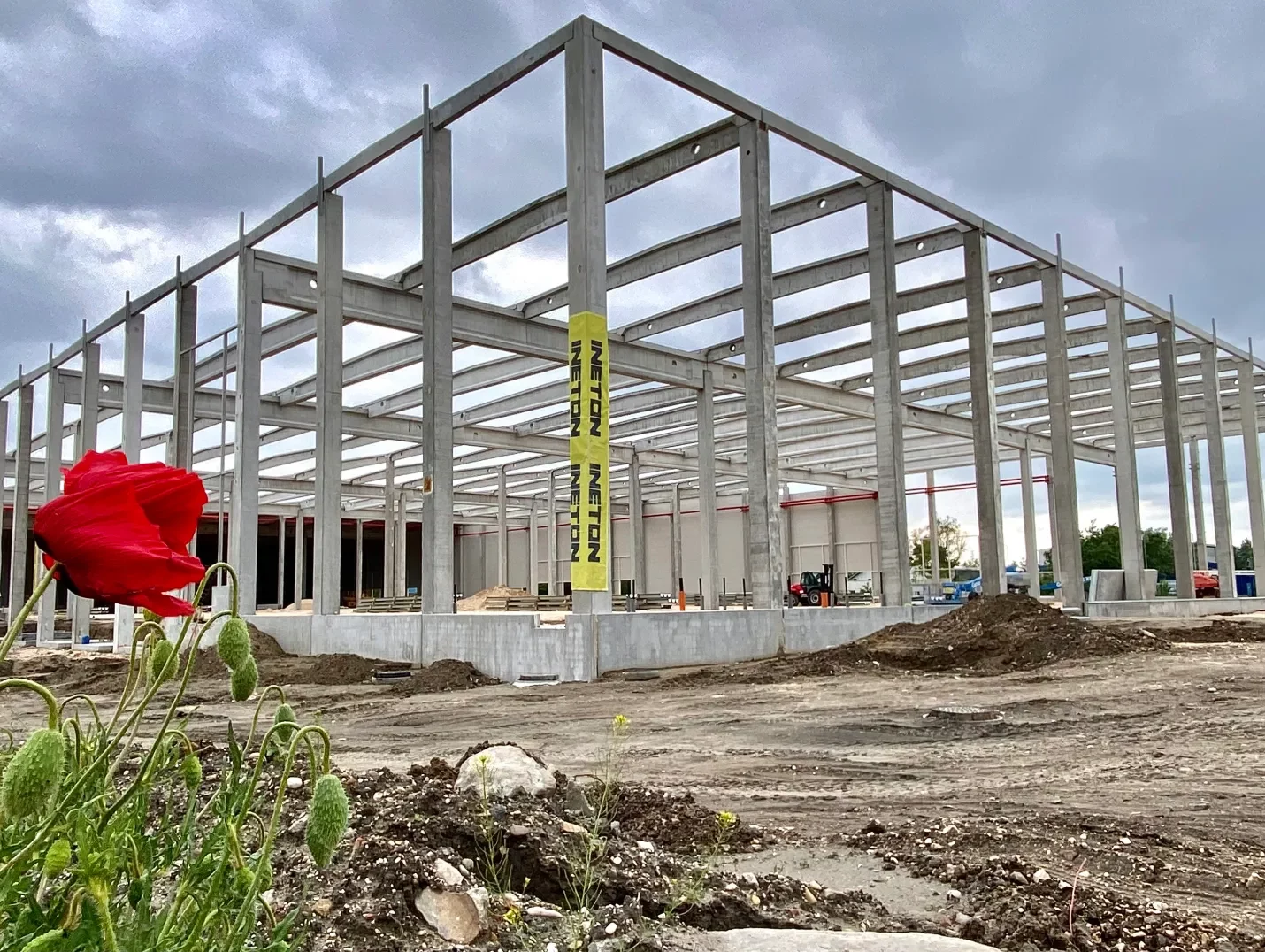
CONSTRUCTION
In the spirit of environmental awareness, our experts used concrete with a low carbon footprint for the construction of our D2 warehouse building. In addition, the aim of our currently ongoing PLOTO project is, among other things, negative environmental effects.
ECOLOGICAL GARDEN DESIGN
When planning the landscaped areas around the buildings, we took various ecological aspects into account, so for example we planted plants that are basically "native" to Hungary and do not require irrigation.
ENVIRONMENTALLY CONSCIOUS BUILDING DESIGN
SAVING WATER
In order to reduce water consumption, we installed water-saving fittings in the buildings.
RENEWABLE ENERGIES
We installed solar collectors on the roof and created roof surfaces with a high reflective index (SRI), and gray paving stones were installed in both warehouses.
USE OF ENVIRONMENTALLY FRIENDLY MATERIALS
When choosing the materials used in the buildings, we paid particular attention to the use of environmentally and health-friendly products, i.e. products with low emissions of volatile organic compounds and valid EPD certificates.
GREEN ROOFS
Green roofs reduce the energy consumption of buildings and their thermal fluctuations. Such roof surfaces produce oxygen, even though they filter the air.
CERTIFICATIONS

QUALITY SYSTEM CERTIFICATION
By fulfilling the requirements defined by the ISO quality management system, the operational efficiency of the organization increases significantly and helps businesses to provide high-quality services.

BREEAM
BREEAM (BRE Environmental Assessment Method) is the first environmentally conscious building rating system developed.
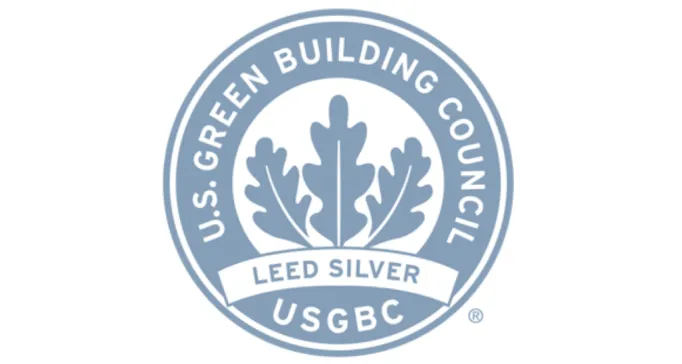
LEED SILVER
The LEED (Leadership in Energy and Environmental Design) certification evaluates the environmentally advantageous location, the efficiency of water use, the level of energy efficiency and CO2 emissions, the origin and quality of the materials used, the quality of the building's internal environment, and the innovative technological solutions incorporated.